We recommend following The Absolute Sound's Substack, where the magazine's editors offer think pieces, share links to often fascinating articles related to music and sound, host a weekly Q&A, and more.

In the most recent Q&A, a reader asked about best practices for dressing unusually long speaker cables:
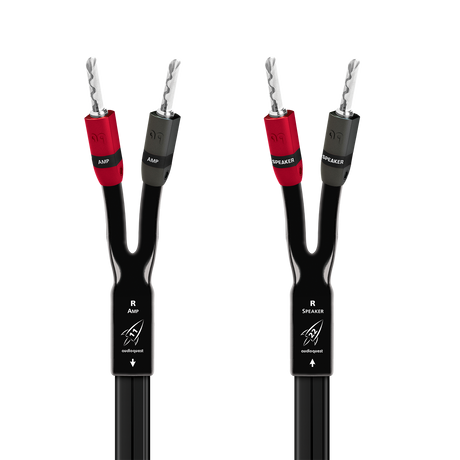
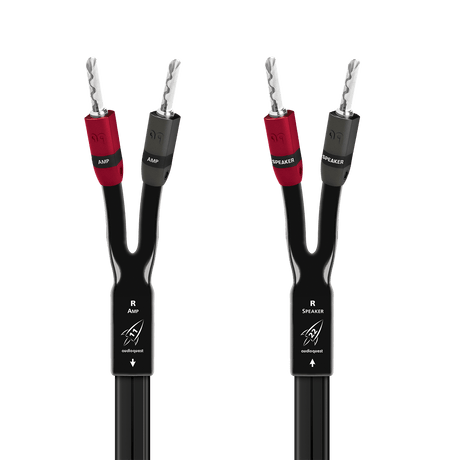
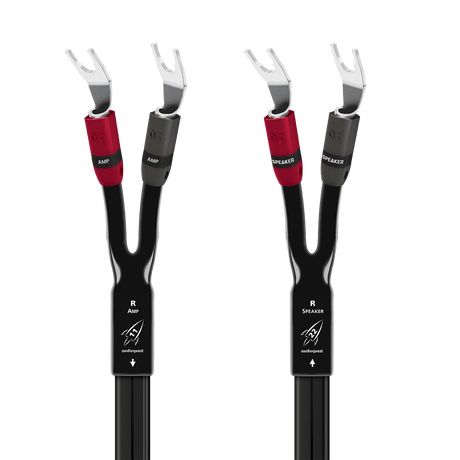
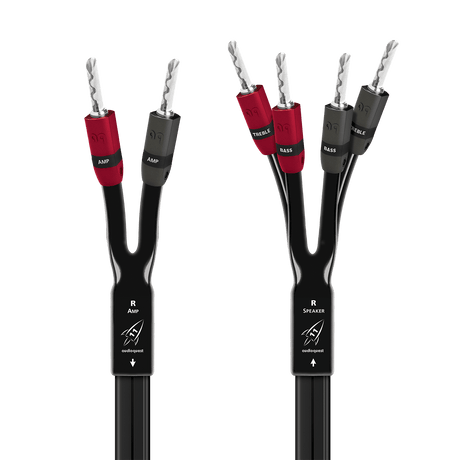
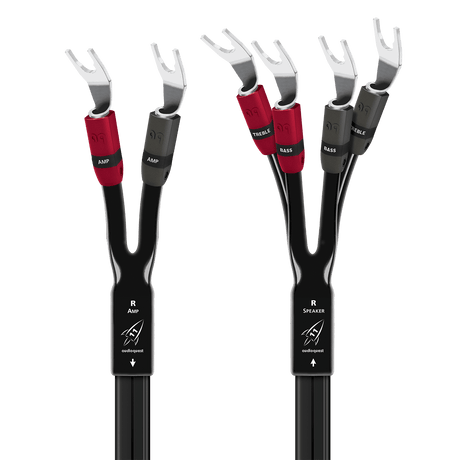

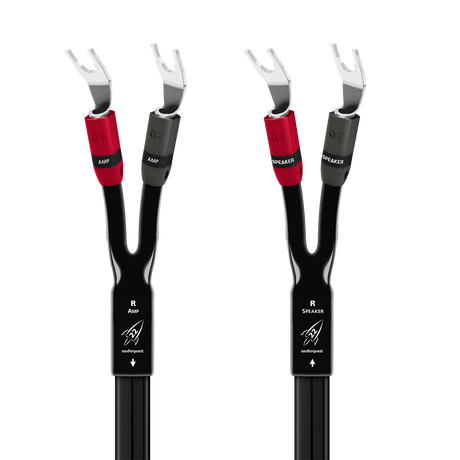
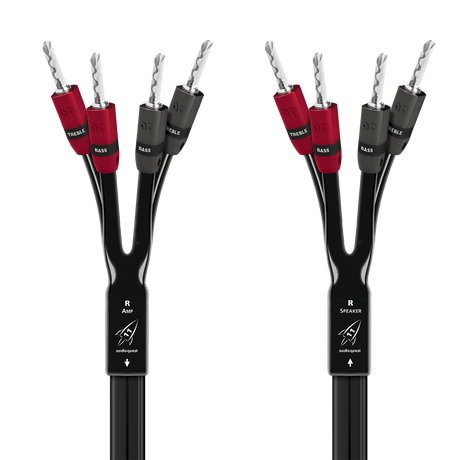
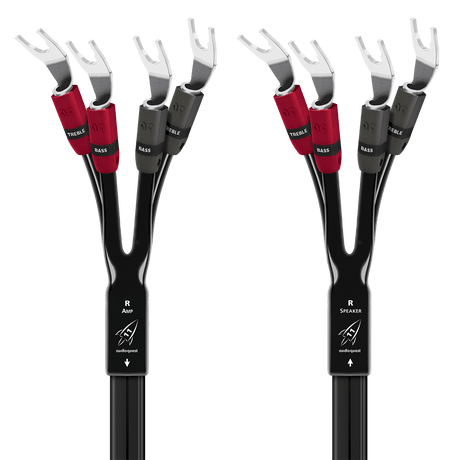
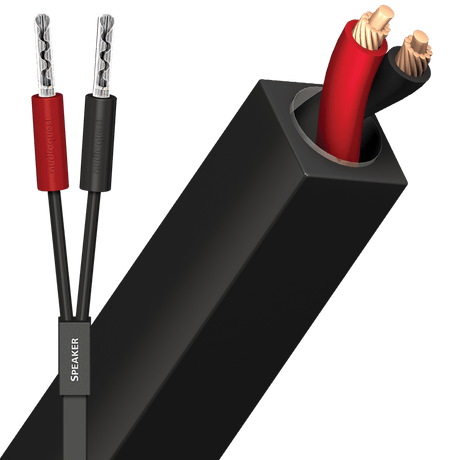
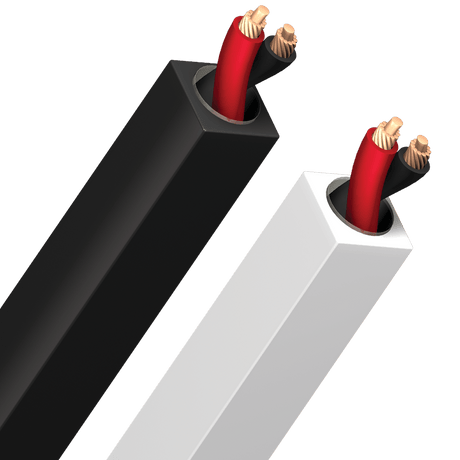
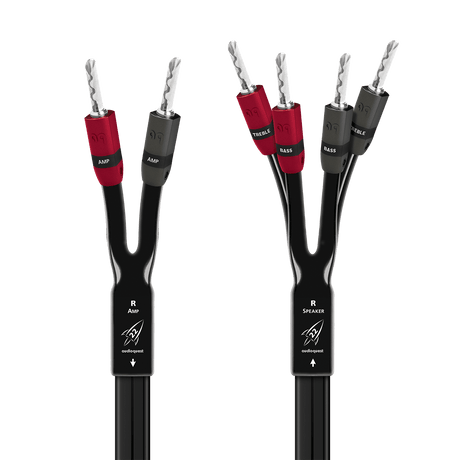
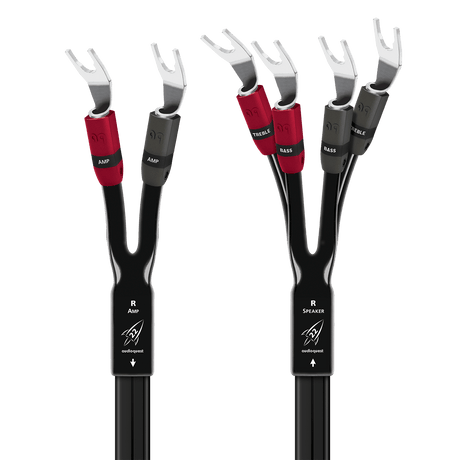
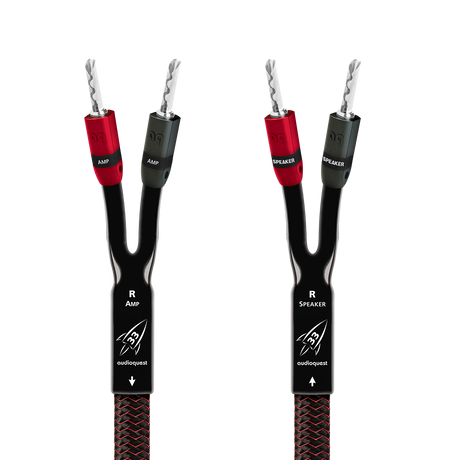
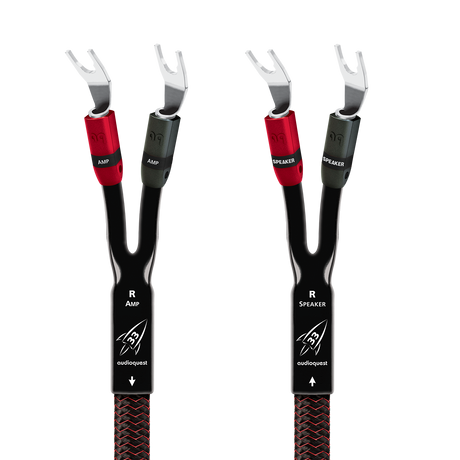








Always eager to discuss system optimization and its many interrelated nuances, AudioQuest's founder, William E. Low, chimed in:
Enjoy more thoughts on hi-fi, music, and, as Bill puts it, "the wonderful mistake of presenting our consciousness with a 3D image," at The Absolute Sound's Substack.